
Dahlia is a tuberous and a herbaceous perennial plant which belongs to the family compositae. Dahlias are very popular in the Indian gardens due to their gorgeously colored flowers. They are also used for indoor decorations. Dahlias have a wide range of colours and forms. The plant can be propagated by various methods other than normal method of raising from seeds. This booklet deals in detail regarding the cultivation of Dahlia.
It is interesting to note that Holland sells 50 million dahlia tubers annually in the international market. With indigenous expertise, India can produce an equal quantity of tubers having the same international quality at a much lower cost. Tuber materials may be produced as a by-product of the normal dahlia growing in Indian plains, through late-cutting, a method developed in this country. This method is capable of proliferating dahlia tubers in such a great quantity in our climates that probably no other country can multiply dahlias so fast.
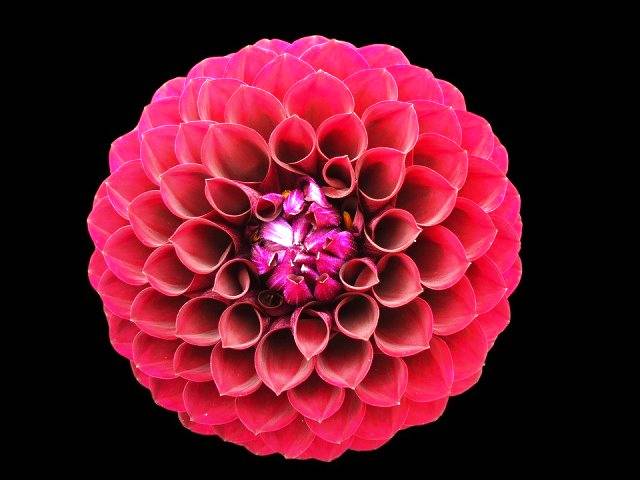
Hand-pollinated dahlia seeds from quality cultivars find a good demand in the international market and such seeds may be produced here more easily. Indian climates are so congenial to breeding dahlia that cultivars evolved here may be a first rate commodity in the international market. Dahlias are not adversely affected by climatic fluctuations, a great advantage not found in any other popular flower.
Species
The most comprehensive dahlia taxonomy till date has been given by Sorensen 1969. He, using numerous chromosomes counts and extensive field studies and observations, recognized 27 species and 4 varieties. The description of some of the important species is described here.
1. Dahlia coccinea

Dahlia coccinea is a highly variable species possessing both diploid (n=16) and tetraploid (n=32) races. Despite its morphological variability, this species is a distinct taxon because of its orange, red or yellow rays and is unlikely to be mistaken for any other species.
2. D. pinnata
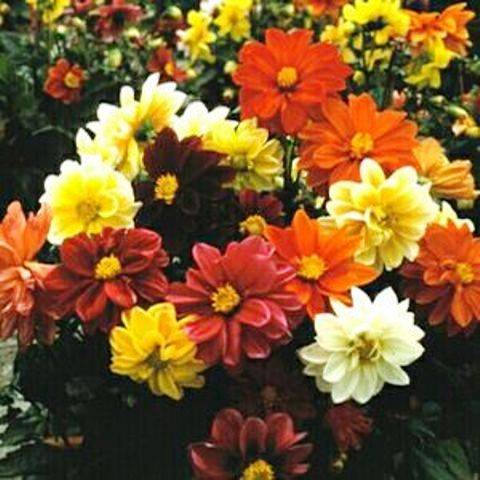
This species is a tetraploid (n=32) species and has single flowers. Growth habit quite similar to that of D. coccinea.
3. D. imperialis
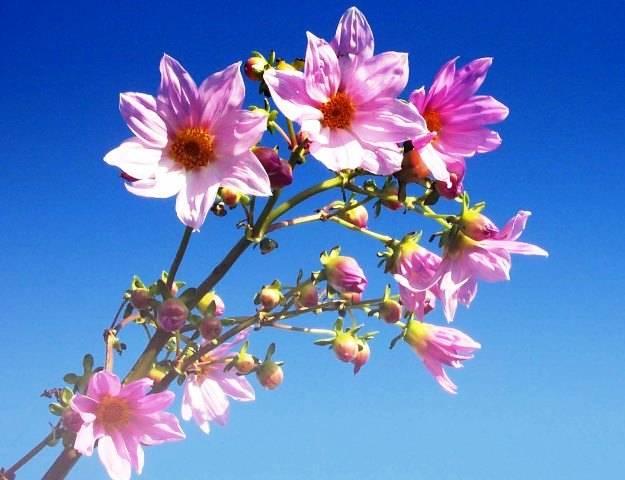
This is a diploid (n=16) species. Plants 3 to 6m tall with woody stems. Flowers single, large, funnel shaped and lilac in colour. It is Commonly called as tree dahlia.
4. D. tenuicaulis
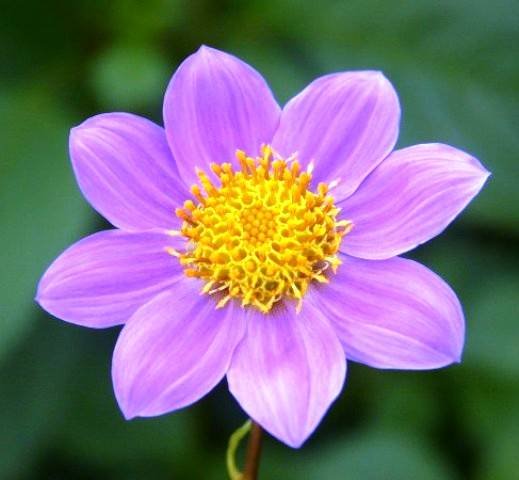
This is also a tree-like species endemic in Mexico.
5. D. merckii
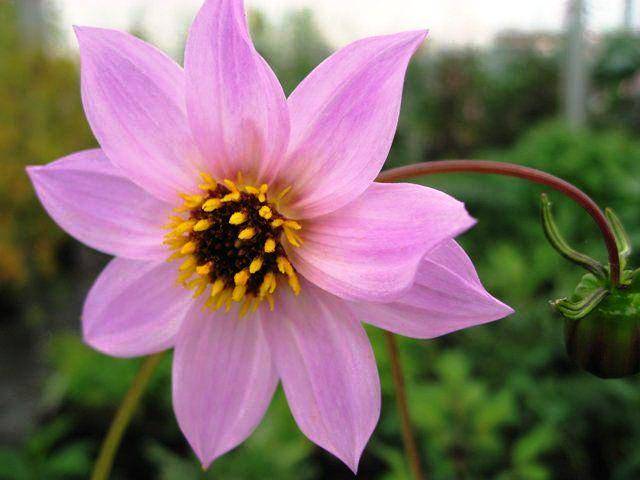
This species possesses hollow leaf petioles. The flowers are small and lilac in colour. Chromosome number is n=18.
6. D. Australis
Like D. coccinea, this species also has variable population. With different chromosome numbers, n=16 and n = 32.
Leaf profiles are quite variable.
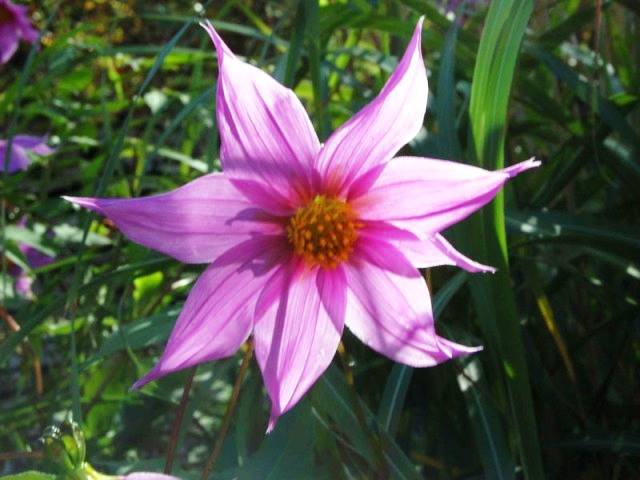
D. rudis
Plants are tall (about 5m) having hollow and brittle stein. Flowers are purple in colour and chromosome number is n=16.
D. tenuis
Plants 0.4-2.0 m tall. Flowers are small with yellow ray florets. Disc florets are few and chromosomes number is n =16.
D. macdongallic
macdongallic is epiphytic perennial. Plants are up to 10 m long. This is the only climbing species in the genus. But the very little is known about this unique species.















